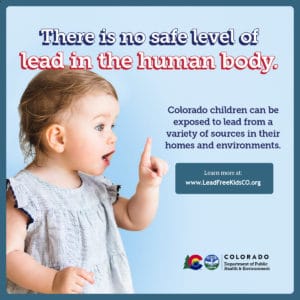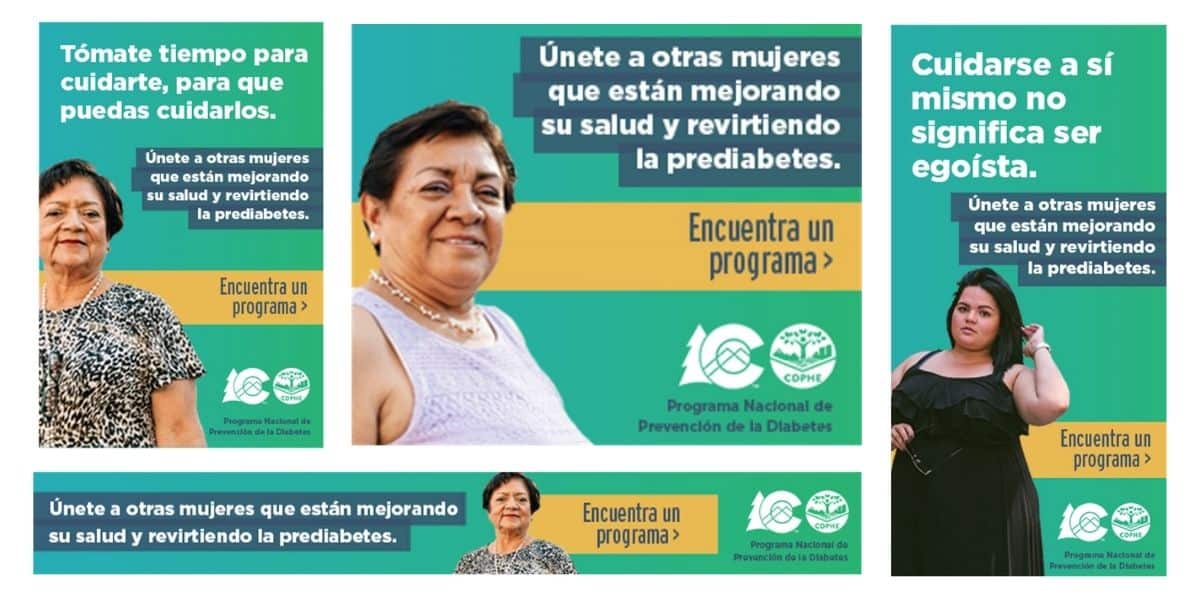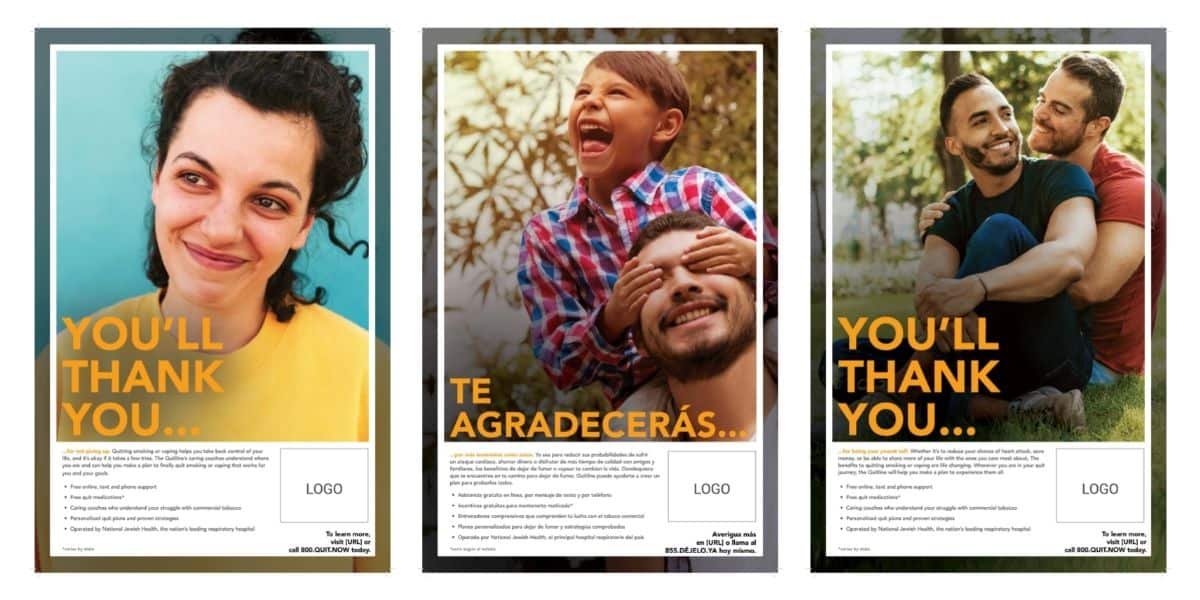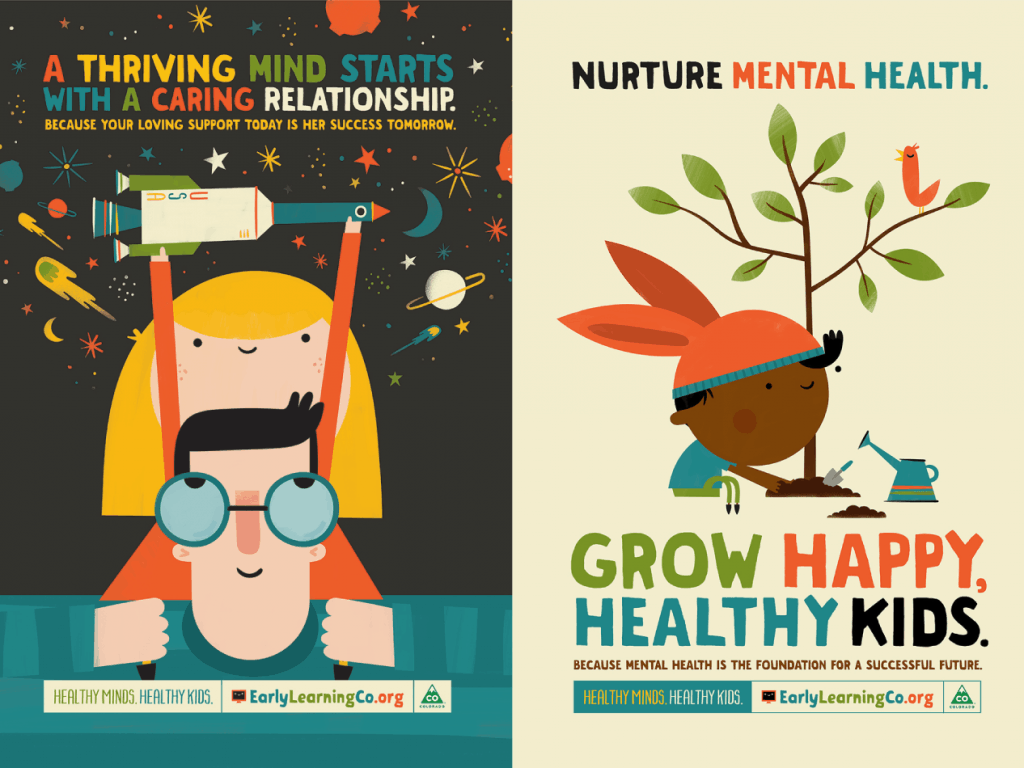
Challenge:
Colorado parents have been overwhelmed with things to worry about when it comes to their child’s health over the past few years. New threats and unknowns have raised the stakes high enough that issues like lead exposure can seem like yesterday’s problem.
However, Coloradans are still affected by lead exposure – especially young children and folks exposed regularly through their home or work environments. Lead-contaminated dust can be tracked into homes from industrial or construction sites, and lead can be found in household items like spices, pottery, home remedies, and paint. Lead exposure can lead to significant health problems and is especially harmful for young children who are still growing. 
Our Approach:
SE2 collaborated with the Colorado Department of Public Health and Environment to protect Coloradans with a campaign that highlights the impacts of exposure to lead and encourages parents to get their children tested.
To best connect with parents, we centered our messaging and materials around reducing real-world barriers to getting tested for lead exposure.
Keeping testing top-of-mind at routine doctors’ appointments and other health checkups is key – for both parents and health care providers. We placed campaign media in healthcare office waiting rooms, geotargeted digital display ads in communities with higher rates of lead exposure and activated community partners to share campaign toolkit materials through their newsletters, social channels, and websites.

We also developed materials to help professionals easily double-check whether their patients should be tested for lead, as well as a broader toolkit with a range of materials designed to spread awareness about exposure and testing.
These advertisements take parents to a page (LeadFreeKidsCO.org) where they can learn more about lead exposure, testing, and other resources to protect their families. See more of the creative materials below.
Results:
In the quarter following the campaign, CDPHE observed an almost 13% increase in the number of routine childhood lead tests in targeted communities across the state — corresponding to approximately 20,000 more children tested for lead exposure.





